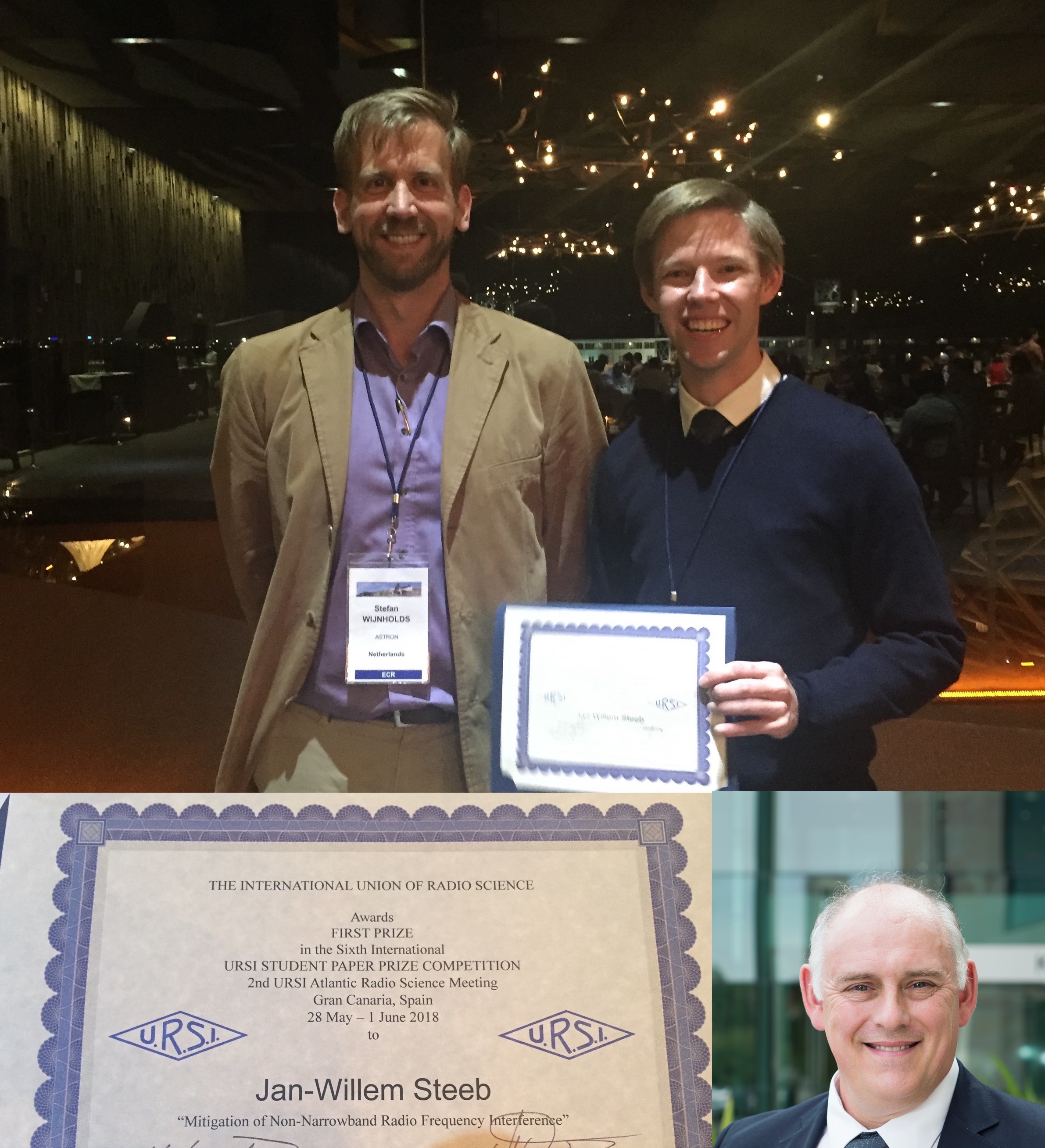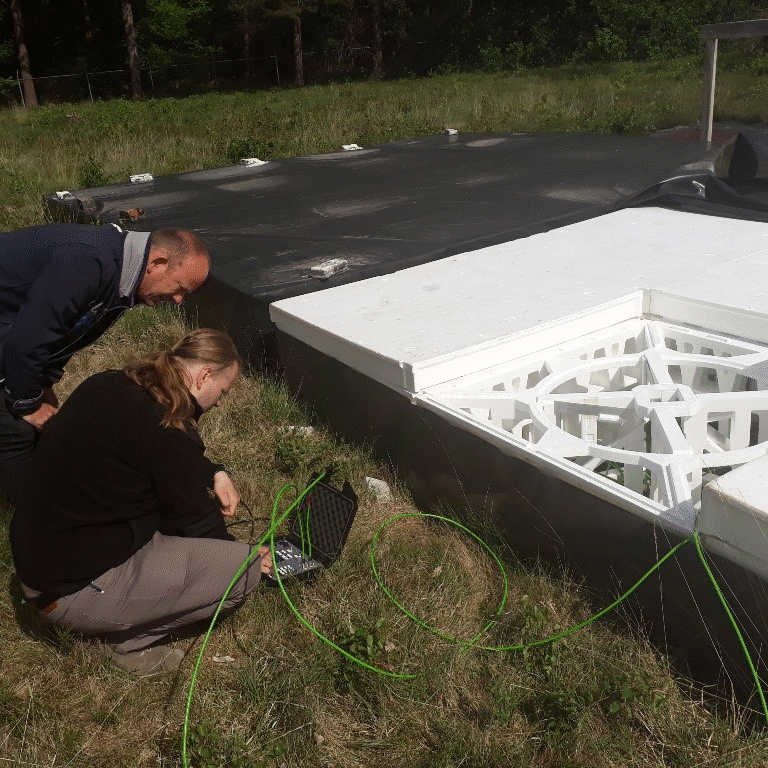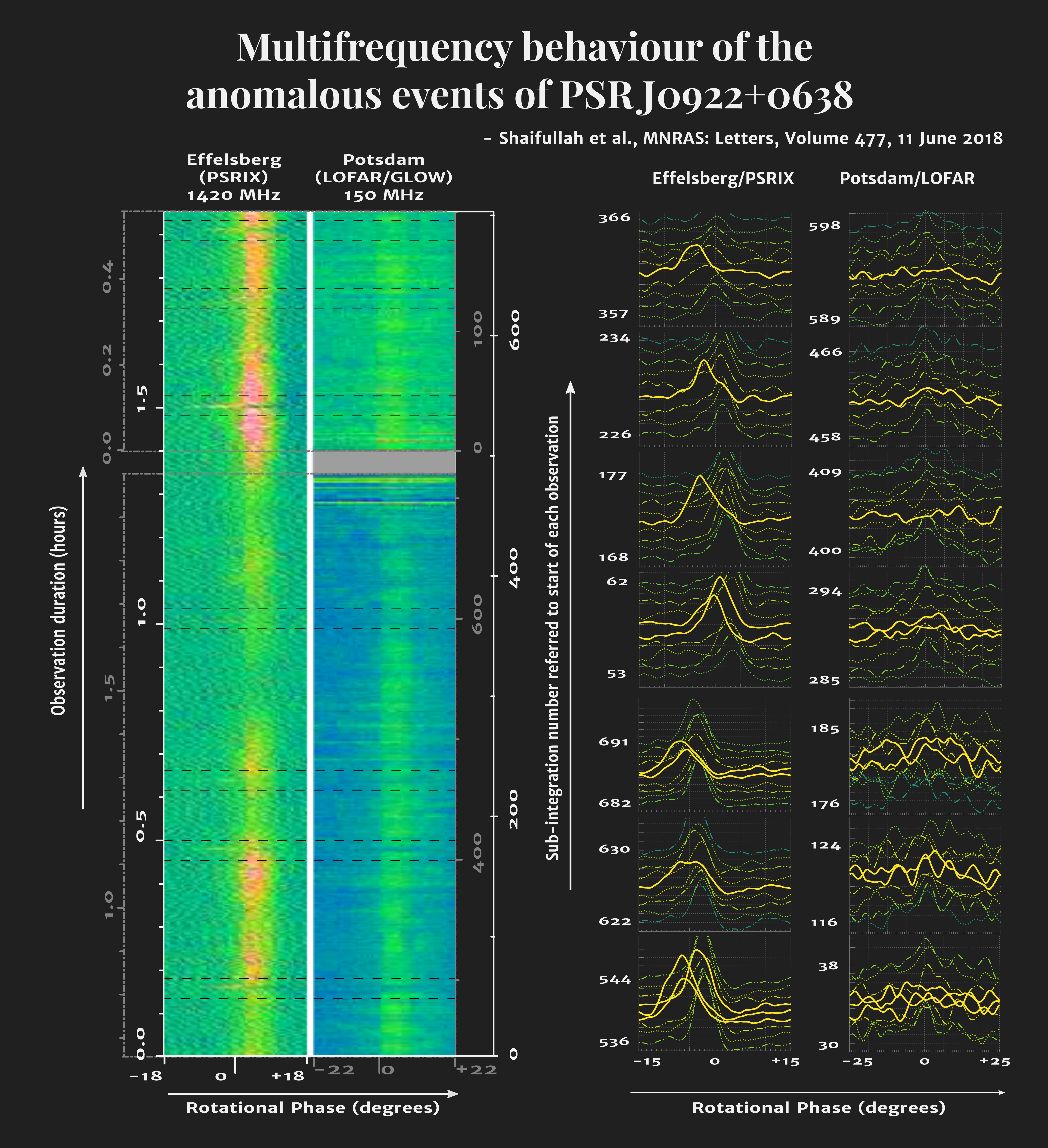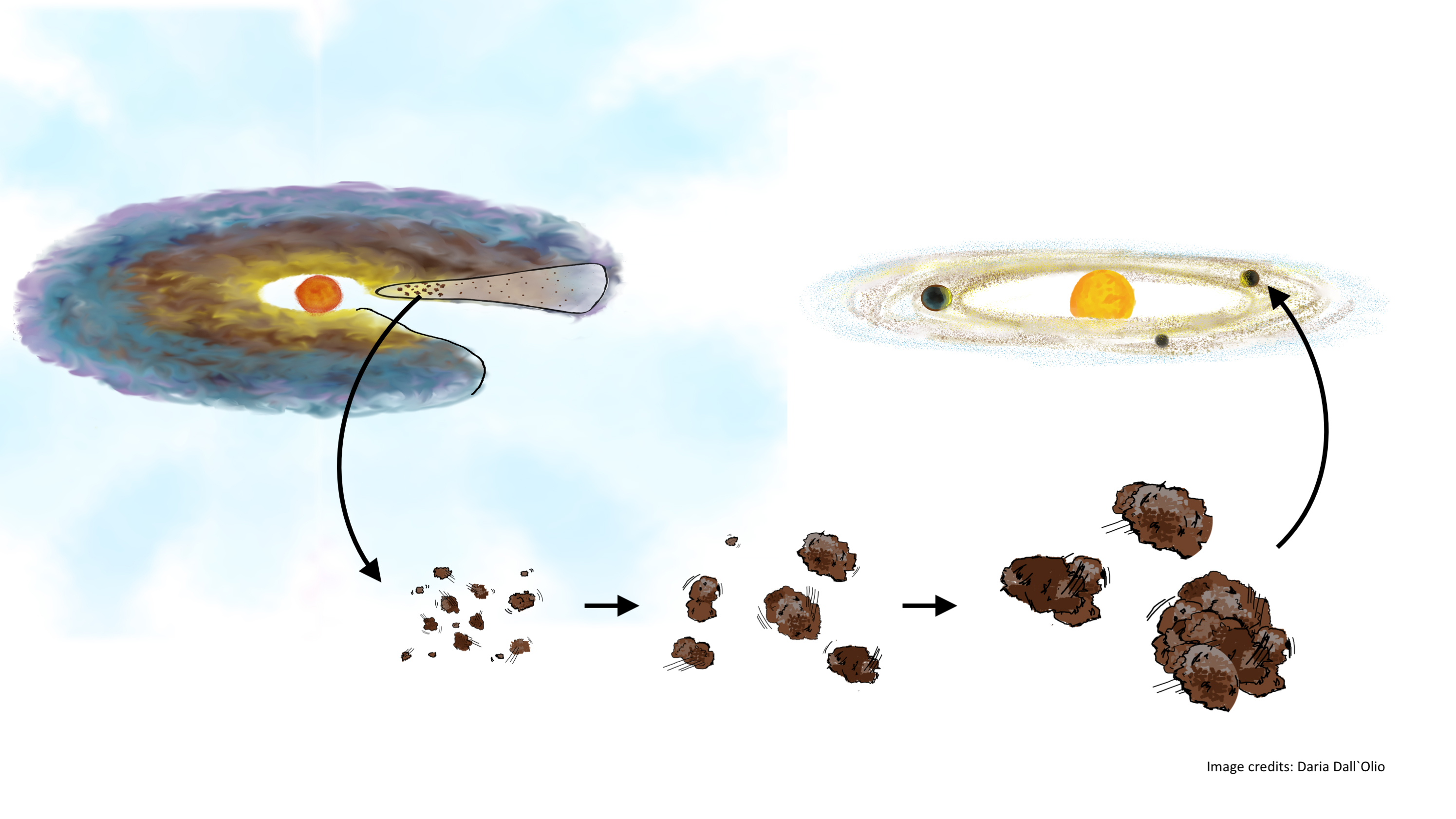![]() © Daria Dall'Olio
© Daria Dall'Olio
Planets are common. Beyond the eight in our own solar system, thousands more have already been found orbiting other stars. Studies are now showing that almost every star must have at least one planet. Planets form in flattened, rotating structures that surround stars in their forming stages. Such a disk is initially composed of gas interspersed with tiny soot-like dust particles with sizes of about a micrometer (10
-6 m). Planets are at least 10
7 m in size, so planet formation needs to cross a staggering 13 orders of magnitude in scale. The first step in this process is to coagulate the tiny grains into pebbles with sizes of millimeters to centimeters. Eventually, a few bodies will need to grow to kilometer size boulders, at which point their gravitational pull will be sufficient to attract and retain gas molecules from the protoplanetary disk. This is the proposed mechanism for the formation of giant gas planets, such as Jupiter and Saturn.
In a publication that appeared in Nature Astronomy yesterday (Harsono et al. 2018), we present evidence of growing grains in a very young protoplanetary disk. Pointing the ALMA interferometer telescope at the protostar TMC1A in the Taurus constellation, we found a remarkable absence of carbon monoxide (13CO and C18O) gas emission in the inner part of its disk. By comparing the observed data with numerical models, we could demonstrate that millimeter sized pebbles (10-3 m, a factor 1000 larger than the initial grains!) must be responsible for blocking the CO gas emission. The size of the region with larger grains corresponds to the space encompassed by the orbit of Neptune in our Solar system.
With the evidence for grain growth in such a young protoplanetary disk, we can now start to explain the formation of gas giant planets. All protoplanetary disks gradually, but inevitably lose their gas. Therefore, if there is to be enough gas present to build Jupiter-like planets, the first steps need to start this early.
We look forward to finding the same tell-tale signs of planet formation around other young protostars with gas-rich disks. At the moment, ALMA -- with its dishes spread out to 16 km baselines -- is the only telescope capable of resolving dust and gas emission at scales where new planets are forming, matching the scales in our Solar system. In the future, similarly high resolution observations will be attained with the dishes of the Square Kilometre Array (SKA) to be built in South Africa. Compared with ALMA's millimeter wave detectors, the SKA will be sensitive to longer wavelengths (2 cm and above) and will therefore help to localize centimeter-sized grains. Once these are formed, the first four orders of magnitude will be behind us, on the way to building real planets.
Image: Artist drawing of an embedded, gas-rich protoplanetary disk (left). In the central part of this disk, grains have grown to millimeter sizes (bottom), which is the first step toward building a planetary system (right). Image credit: Daria Dall'Olio.
 © E. Orru' on behalf of the Team Green
© E. Orru' on behalf of the Team Green © Jacki Gilmore / Stefan Wijnholds / Curtin University
© Jacki Gilmore / Stefan Wijnholds / Curtin University © MPE
© MPE © Ross Burns
© Ross Burns © Astron
© Astron © ASTRON
© ASTRON © photo: Simone Kajuiter
© photo: Simone Kajuiter © Sarka Wykes
© Sarka Wykes © Channah Vogel
© Channah Vogel © J Hargreaves
© J Hargreaves © ASTRON
© ASTRON  © Authors, CC BY-SA
© Authors, CC BY-SA © Colloquium
© Colloquium © JvL
© JvL © ASTRON Mechanical Department
© ASTRON Mechanical Department © Daria Dall'Olio
© Daria Dall'Olio © Lavochkin Science and Production Association; JIVE
© Lavochkin Science and Production Association; JIVE © Colloquium
© Colloquium © Cees Bassa
© Cees Bassa © CC-BY-4.0 Tammo Jan Dijkema
© CC-BY-4.0 Tammo Jan Dijkema






